|
Last week, I and my husband visited the Diocesan Museum of St Afra in Augsburg. That's possibly the closest church museum with textiles in relation to where we live, but we had never been there. And that's a shame as it is a charming little museum. Besides ecclesiastical art and historical pieces, you can also see parts of Roman Augsburg below your feet. The excavations have been left open for you to admire. The museum itself is a combination of modern architecture and the historical cathedral cloisters. So what is on display? Quite spectacular are two chasubles dating to the 10th-century. These vestments are associated with bishop Ulrich of Augsburg (AD 890-973). Ulrich lived during turbulent times. He was a friend of Emperor Otto I and successfully defended Augsburg against the marauding Magyars from Hungary. Apparently, he also wrote a treatise on celibacy stating that it was not supported by the bible. All this made Ulrich famous during his lifetime and he became a saint soon after his death. Vestments associated with him became important relics and were held in high esteem. But there was a small problem. Ulrich liked simple clothing. Nothing flashy. His mantle made of local linen was just too plain for the average 12th-century believer. Thus, tiny appliques of silk with goldwork embroidery were added. That's rather cute, don't you think? The museum houses several quite old embroidered textiles. As they need to be displayed at low lighting levels, photographing them is near impossible. However, as I have shown the spectacular embroideries from Bamberg before, I would like to show the above. This small reliquary pouch made of dark purple or blue silk (samite?) with gold embroidery was made in Southern Germany in the 12th-century. Roughly a hundred years later than the pieces on display in Bamberg. But the embroidery technique of couching down very pure goldthreads and hammering them flat is the same. I think the pouch displays two birds (peacocks?) amongst some foliage and maybe a coat of arms. Unfortunately, there was hardly any information on the piece available. The last piece I would like to show is a small reliquary casket. I have never seen anything like it. It looks like an orphrey being glued to a small wooden box. The saint depicted is St Agnes. She is stitched in brick stitch with silks. The background displays a diaper couching pattern; one I haven't seen before. The casket was made in the 13th-century, possibly in Cologne. Quite an unusual piece. And a reminder that embroidery was probably much more widely used. It simply did not survive until the modern-day.
Sadly, this will be my last field trip for a while. Corona numbers are going up in Germany as well. Since I am living in an area with a rather low rate of infections, I don't want to introduce the virus. My husband and I have decided to avoid travelling and gatherings as much as we can until the numbers go down again. Hope you are all safe! P.S. I am being featured in the latest issue of Metier magazine! The article, in Dutch, talks about me and my historically inspired goldwork embroideries.
5 Comments
Autumn is my favourite season. My husband does not get it. After all, it is cooler and it gets dark earlier. He is a typical summer person. Not me. Far too hot. Instead, I enjoy the bright orange, yellow and red colours of autumn. We have discovered a lovely hike up the Rohrkopf (1361 m). It is short but rather steep. And best of all: it offers lovely views over the castles of Neuschwanstein and Hohenschwangau. Many of you will have seen those famous postcards of Neuschwanstein surrounded by autumnal trees. The spot from which this picture was taken comes halfway up this hike. And when you arrive super-sweaty at the Rohrkopfhütte, they have the best Kaiserschmarrn (Emperor's Mess) ever! And when I return home after such a lovely hike, I like to cosy up with a piece of cross stitch embroidery. Lately, I have been embroidering pumpkins for my cupboard. The original pattern comes from a small Rico booklet with pretty seasonal cross stitch patterns. I have previously made a tablecloth with sheep and heather for my landlady's birthday. There are also lovely patterns of robins, a pattern of two adorable squirrels and patterns of autumn foliage and berries. The booklet arrived at my home about two years ago (complete with the appropriate prefab tablecloth for the sheep and the heather!) from a German lady who had heard through the grapevine that I am an embroiderer. She couldn't stitch anymore due to health reasons and she decided to make me a parcel with some of her stash. How sweet is that? Although the booklet was first published in 2006, you can still order it online. Search for 'Rico design Herbstzauber'. As I needed quite specific sizes for to linen bands that were going to adore the planks in my cupboard, I redraw the original pumpkin design slightly. I also swapped the original Anchor stranded cotton colours for DMC. These are the DMC colour numbers I used: 744, 742, 740, 900, 581, 580 and 975. The linen banding is from Vaupel and Heilenbeck. Its height is 8 cm and it has 28 ct. And this is the result. As you can see, I still need to stitch two more bands to go onto the lower two planks of the cupboard. Since we will be hiking every week, weather permitting, I will certainly get them done soon :). Enjoy your stitching!
Until I was asked to write a book review for the current issue of the Journal of Dress History, I had never heard of either the journal or the Association of Dress Historians accounting for its publication. You might have the same 'problem'. Let me, therefore, introduce you to this fantastic free open-source publication that has plenty to offer for textile enthusiasts and lovers of embroidery. And if you like to support this initiative, please consider becoming a member too. At only 10 GBP per year, it is a good way to help support academic research in the field of dress history. I haven't yet read every single issue of the journal, but I did find some embroidery related articles from combing through the index. The first article you might be interested in was issued in the Spring issue of 2017: 'Professional and Domestic Embroidery on Men's Clothing in the later Eighteenth Century' by Alison Larkin. It focusses on the female makers of these embroideries whether in a professional setting or not. If you were taught to embroider at all, depended on your social status and your gender. Paradoxically, professional embroidery was seen as a female lower-class job whilst middle and upper-class women would learn to embroider in their domestic setting to show off their suitability as a chaste wife and their status. Meanwhile, the men were the owners of the professional workshops or the designers of the embroidery patterns. Alison Larkin concludes with pointing out some technical and material differences between the pieces made in a professional setting and those in a domestic setting. The spring issue of 2018 contains the paper: 'Fashion Victims: Dressed Sculptures of the Virgin in Portugal and Spain' by Diana Rafaela Pereira. Apart from the interesting discussion, this paper includes some pretty pictures of beautiful goldwork embroidery on these lavish clothes. The clothing of saintly sculptures can be traced back to medieval times. However, there has always been opposition against the practice as it was seen to be too profane. And the lavishly decorated clothes were not at all in keeping with the supposedly poor reality of the saint's real life. If you are familiar with the embroidery books of Yvette Stanton, you have probably heard of the Norwegian folk dress called bunad. In the autumn issue of 2018, Solveig Strand writes about this 'Peasant Dress, Embroidered Costume and National Symbol'. I found this a most interesting paper as it explains that bunads were created in the 20th-century to reflect modern taste and the need for a national symbol, rather than historical accuracy. This is similar to the story of the Dirndl worn in the South of Germany. Historically accurate peasant dress looks very different indeed, but you better not discuss the topic with a local ...
|
Want to keep up with my embroidery adventures? Sign up for my weekly Newsletter to get notified of new blogs, courses and workshops!
Liked my blog? Please consider making a donation or becoming a Patron so that I can keep up the good work and my blog ad-free!
Categories
All
Archives
July 2024
|
Contact: info(at)jessicagrimm.com
Copyright Dr Jessica M. Grimm - Mandlweg 3, 82488 Ettal, Deutschland - +49(0)8822 2782219 (Monday, Tuesday, Friday & Saturday 9.00-17.00 CET)
Impressum - Legal Notice - Datenschutzerklärung - Privacy Policy - Webshop ABG - Widerrufsrecht - Disclaimer
Copyright Dr Jessica M. Grimm - Mandlweg 3, 82488 Ettal, Deutschland - +49(0)8822 2782219 (Monday, Tuesday, Friday & Saturday 9.00-17.00 CET)
Impressum - Legal Notice - Datenschutzerklärung - Privacy Policy - Webshop ABG - Widerrufsrecht - Disclaimer

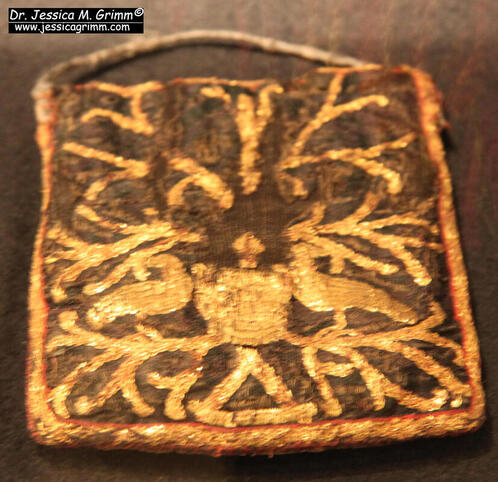
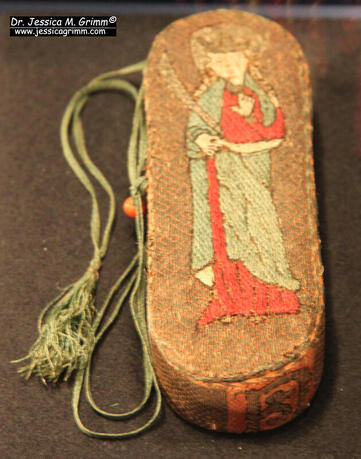
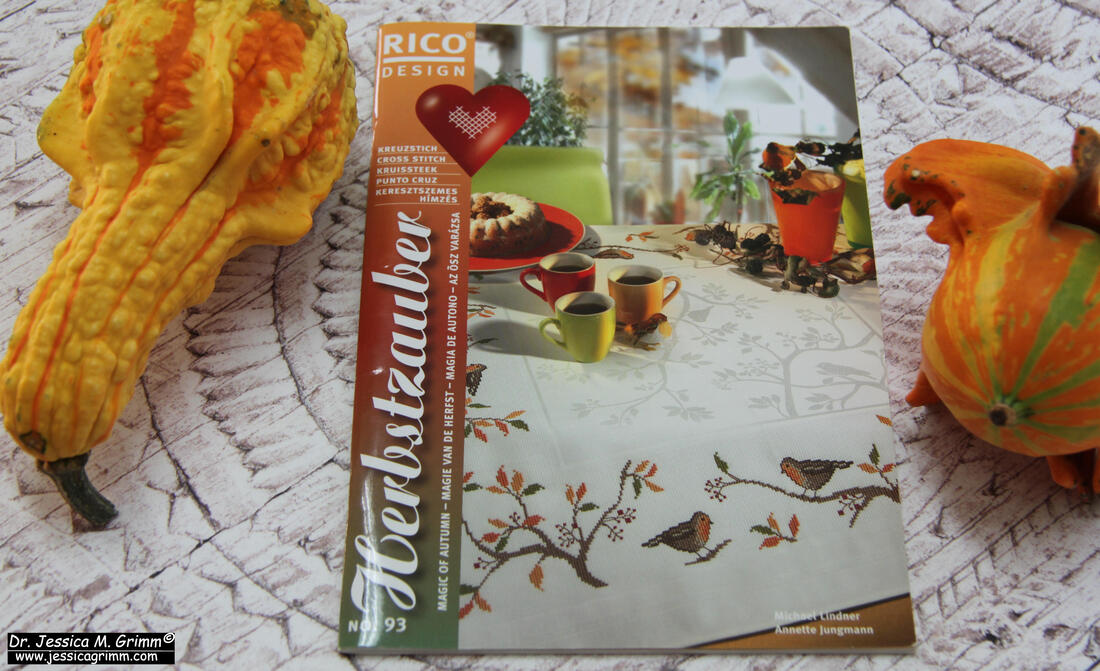
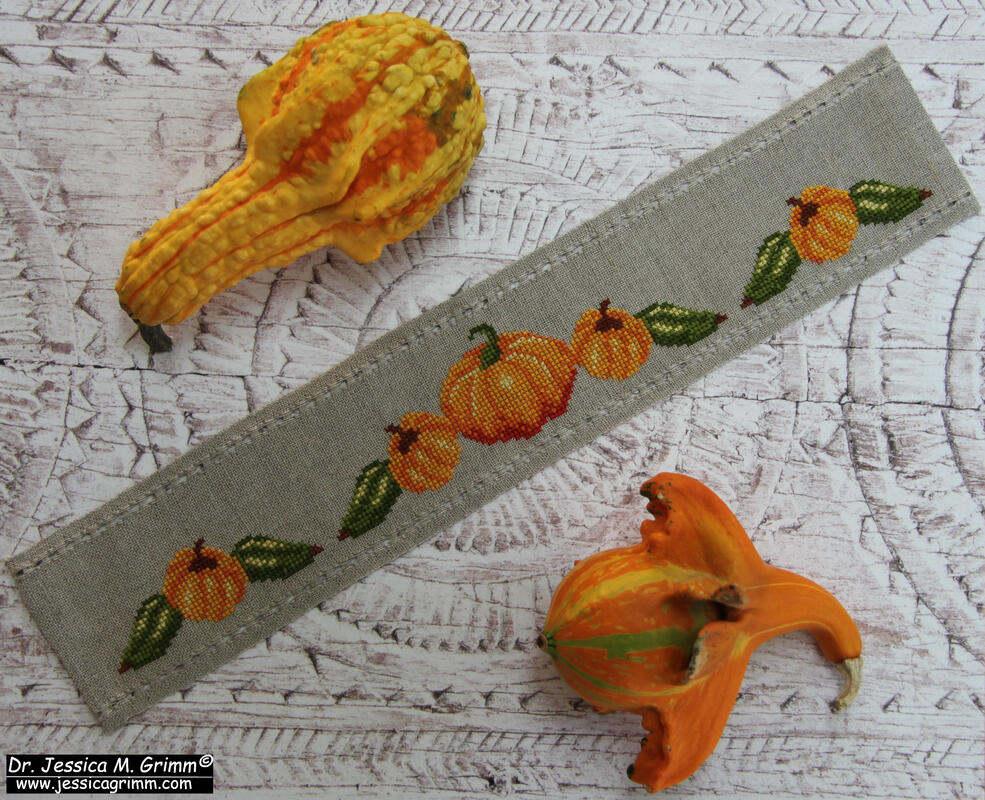
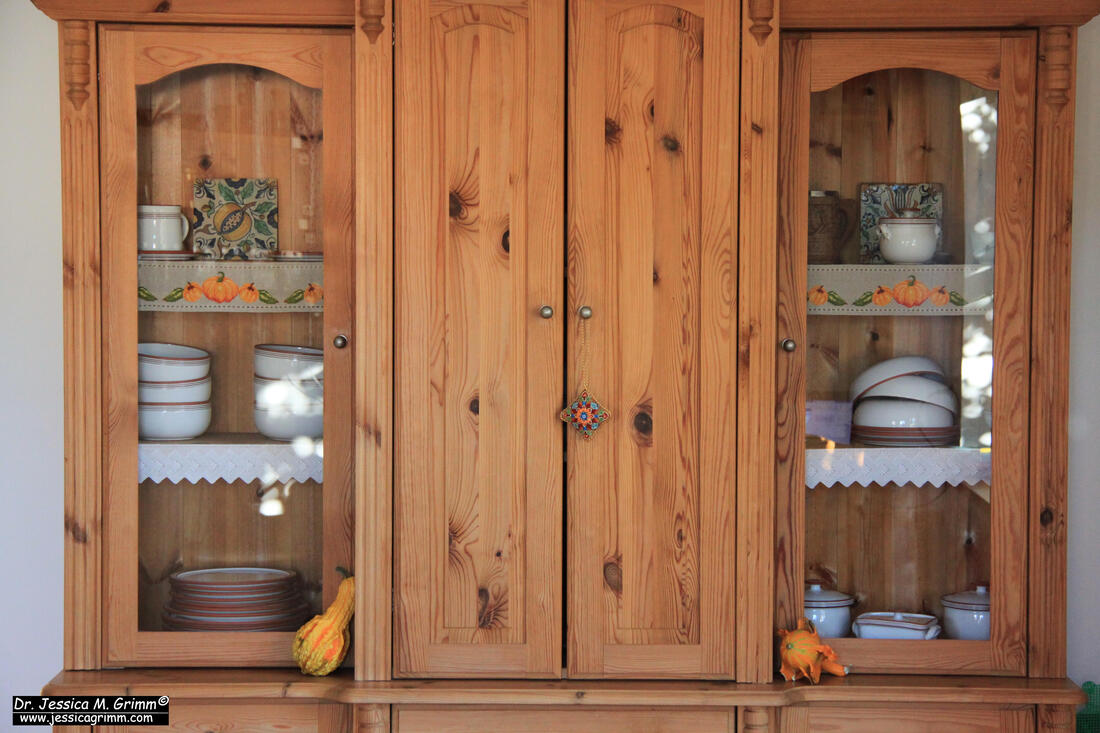
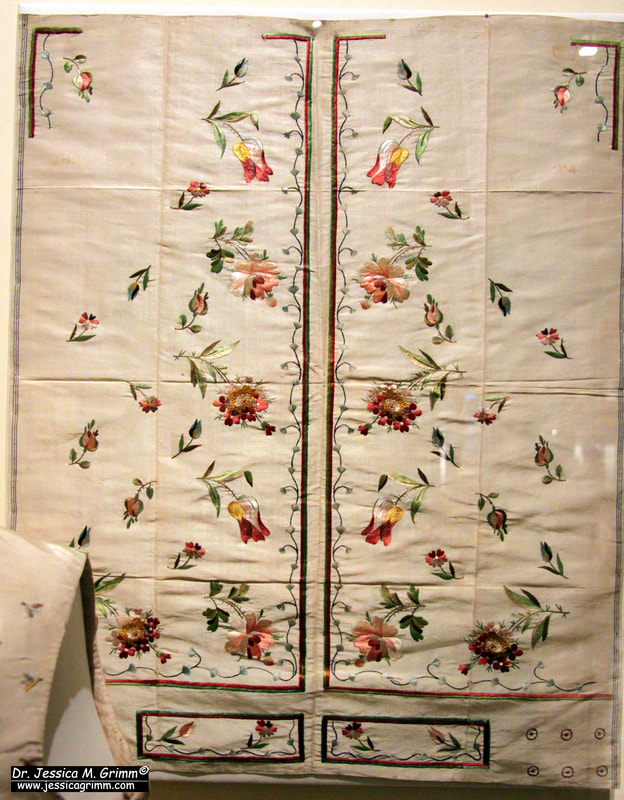
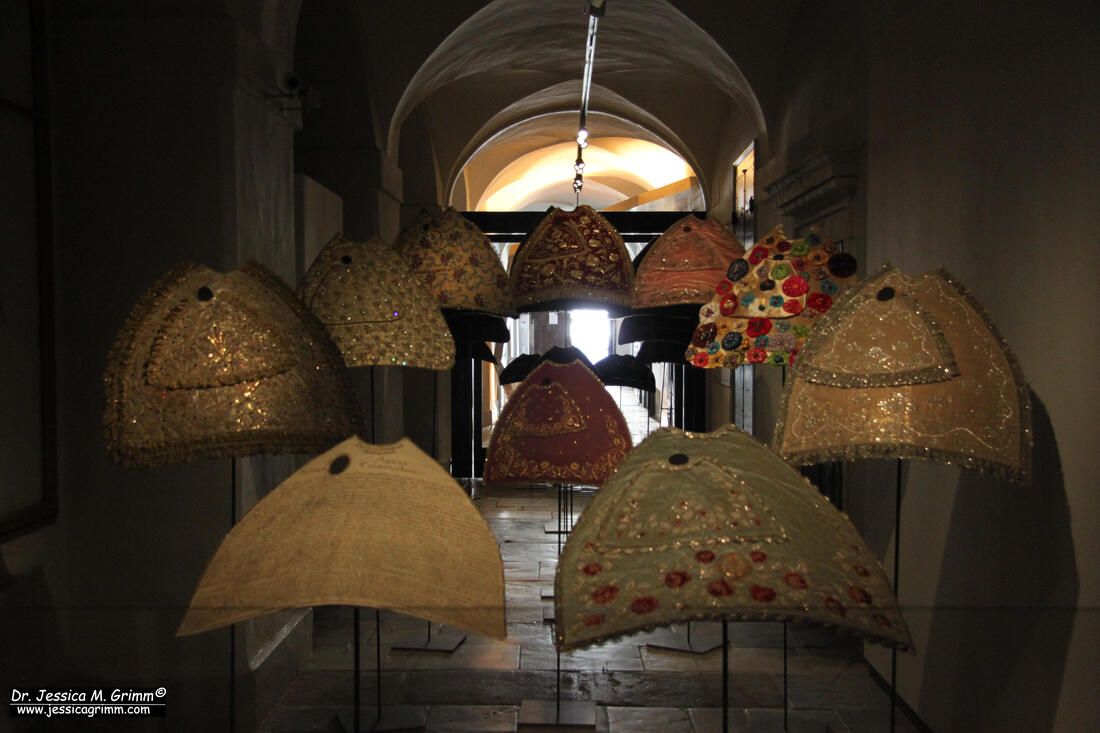





 RSS Feed
RSS Feed